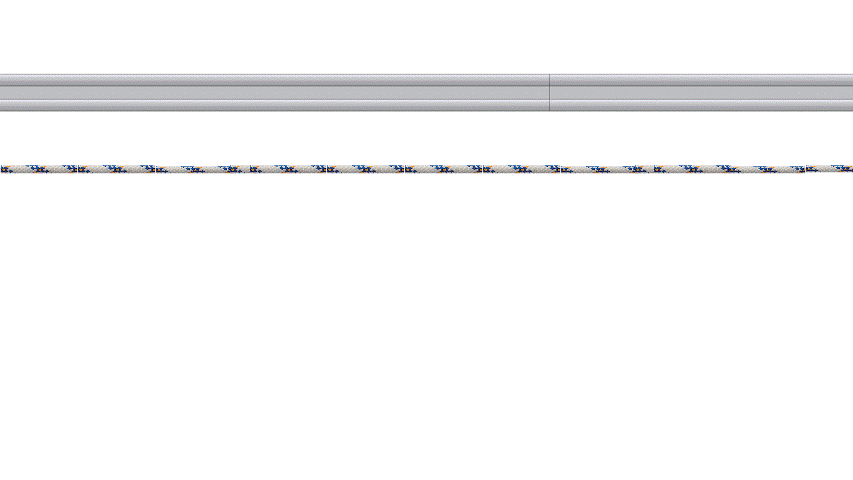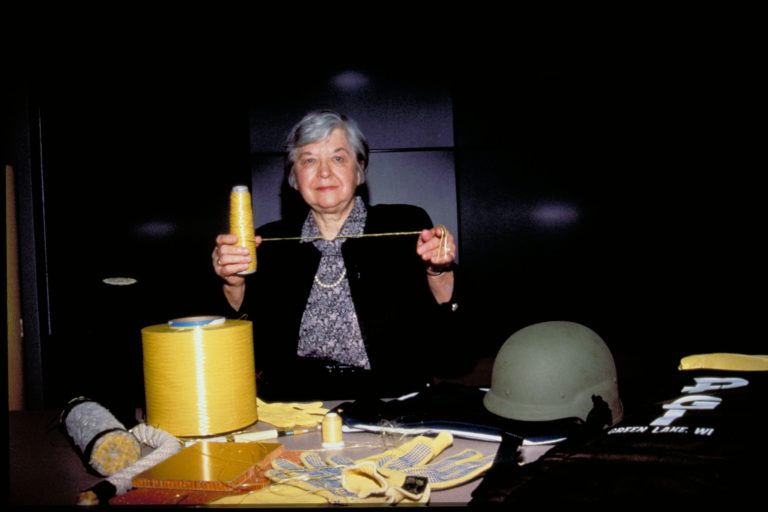Did you know that the conveyor ropes of our Esyconveyors have a Kevlar core?

These ropes have an extremely low maintenance, and they are a very resistant system when it comes to transporting any type of piece. This Kevlar core allows us to make a unique transport system. We can carry out work in highly corrosive environments such as welding islands, with flows where stopping is never an option.

This rope is made of aramid fiber, withstands temperatures of up to 400ºC and has a resistance 5 times higher than steel.
Did you know that this type of fiber is used mainly in nautical, aerospace or military applications?
Yes, it is very common to find this fiber in bulletproof vests due to its high resistance to breakage.
The inventor of this material, Kevlar, is Stephanie Kwolek. A pioneer in the field of polymeric materials. She spent much of his career in the textile fiber research laboratory. In 1965 her work consisted of finding new synthetic fibers and new low-temperature polycondensation processes that would make it possible to obtain new materials capable of withstanding extreme conditions.

Her main idea was to obtain a fiber that is stronger than nylon and that could be used in tires. As explained in mujeresconciencia, “she synthesized different high molecular weight aramids that she dissolved in different solvents and then spun them and created fibers. The problem was that, instead of obtaining transparent and viscous solutions, she used to obtain opaque and fluid solutions when she experimented with these new ones polymers. So apparently those were failed experiments. “
“One day, for some reason, Stephanie decided not to discard one of those samples and took it to the technician to be spun. This man was not very willing to put his machine in danger, since the cloudy appearance of the solution seemed to indicate the presence of particles that would jam the machine to create fibers; but she insisted in such a way that the poor technician had to give up. The result was impressive: the resulting fiber was much stronger than nylon, in fact, it was much stronger than steel, and it was also very light. Kevlar® was born “
